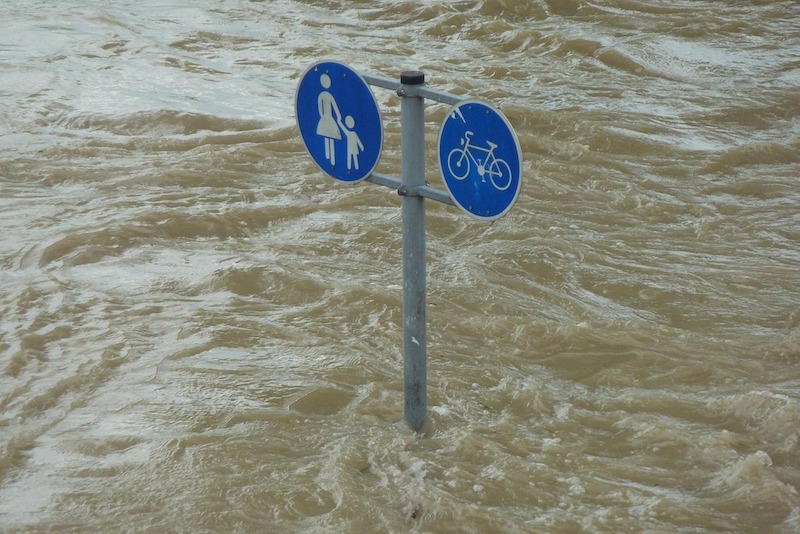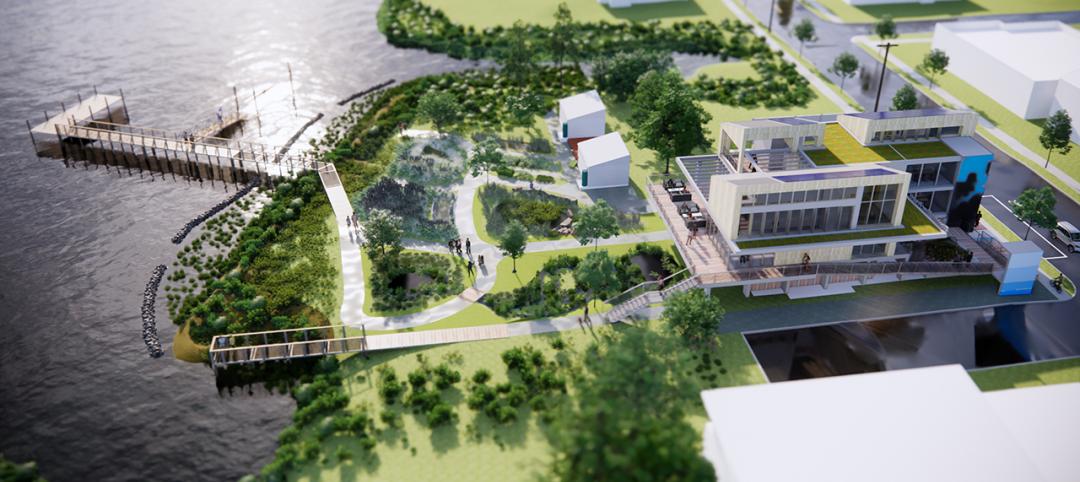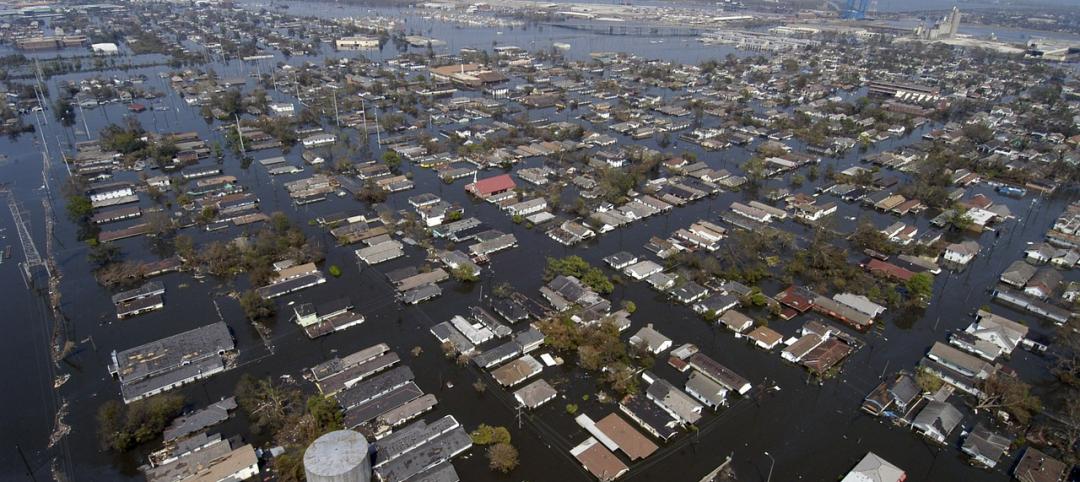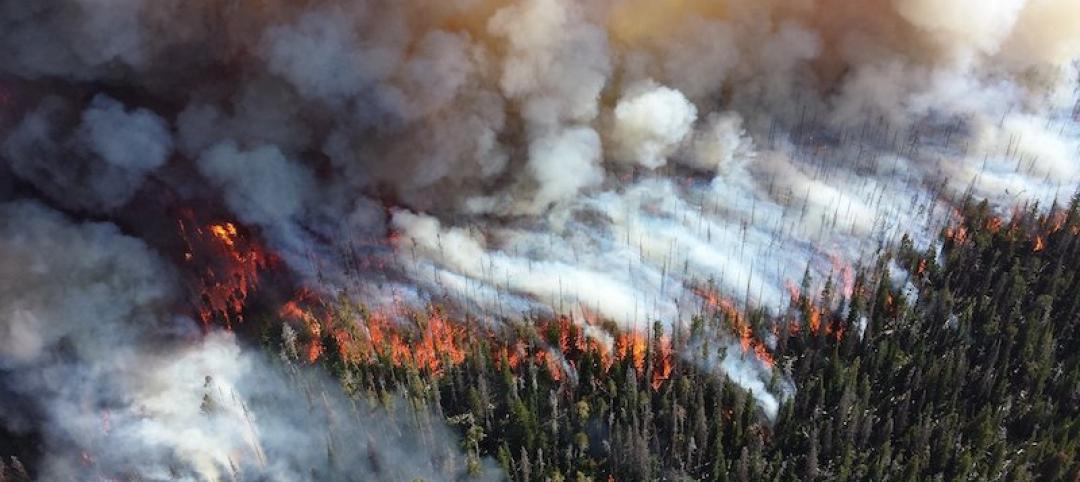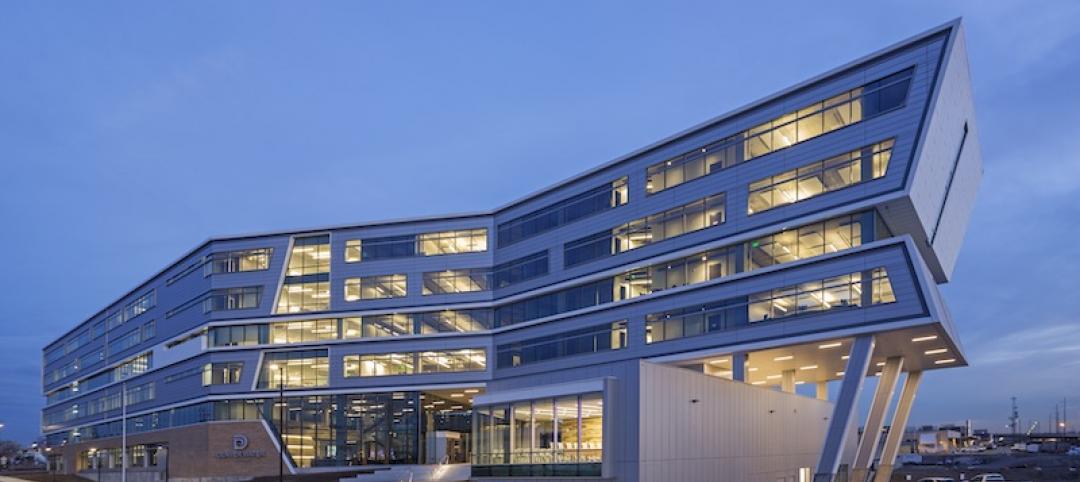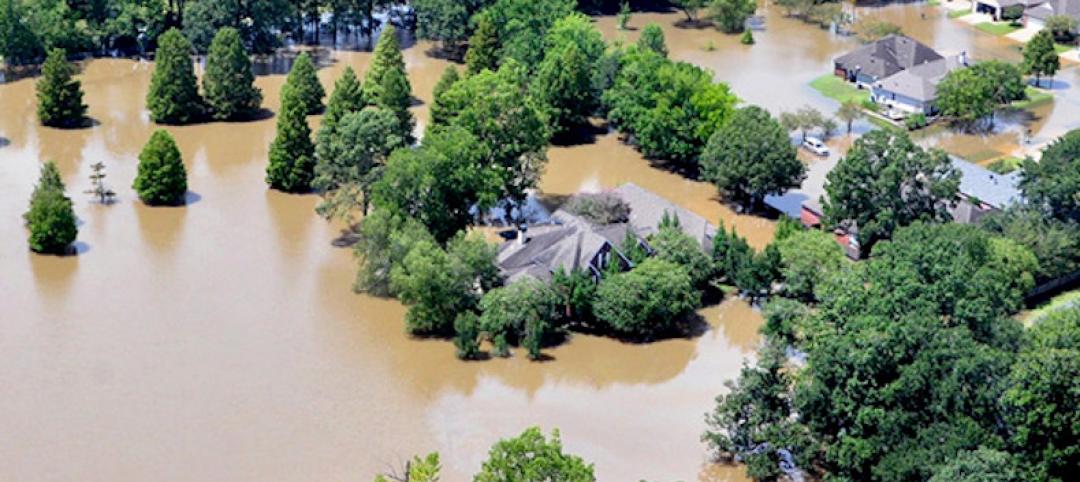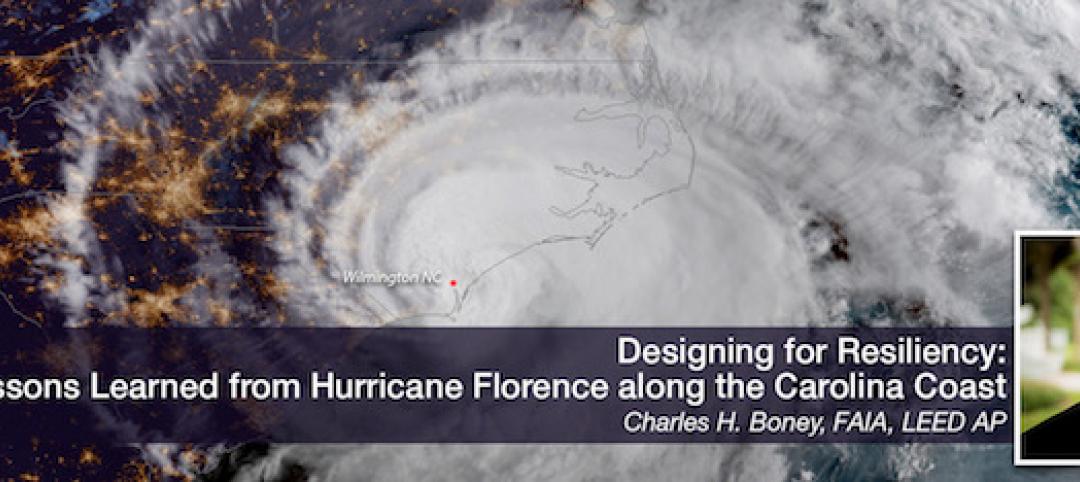The global engineering firm Arup has joined forces with First Street Foundation, a nonprofit that specializes in climate science and flood modeling, for the purpose of co-creating products that provide climate risk data for various property types.
This partnership will combine Arup’s expertise in risk and resilience engineering with First Street Foundation’s datasets for climate-adjusted national disasters. The goal of this collaboration, according to the firms, is to gauge the risk from climate change on the built environment, and to support organizations and entities that help mitigate that risk.
In 2020, there were 22 separate billion-dollar weather and climate disasters across the U.S., which also experienced a record number of named tropical storms (30), 12 of which made landfall, according to National Oceanic and Atmospheric Administration’s National Centers for Environmental Information. Through July 9, there have been another eight weather/climate disaster events this year with losses exceeding $1 billion.
RISK ASSESSMENT REPORTS AND DATA
“The threat of experiencing severe environmental disaster is accelerating in the United States due to the reality of a changing climate,” asserts First Street Foundation’s Founder and Executive Director Matthew Eby. “Partnering with Arup allows First Street Foundation to leverage our data and climate hazard modeling capacities to enable a fuller understanding of the extent and nature of the risks to the built environment.”
In June 2020, the Foundation released its First National Flood Risk Assessment for the continental U.S., which it produced in partnership with researchers and hydrologists from Fathom, Rhodium Group, and academic institutions. That report identifies the equivalent of 14.6 million properties across the country at substantial risk from climate change, of which 5.9 million properties and their owners were unaware of that risk. The Foundation also released FloodFactor.com, a website that uses the Foundation’s national flood model to provide probable climate-adjusted flood risk for every American home.
Last February, the Foundation released its Cost of Climate national report, which applies the Foundation’s flood model to an analysis of depth-damage functions from the U.S. Army Corps of Engineers to estimate average annual loss for residential properties today and into the future. This study finds nearly 4.3 million residential homes with substantial flood risk that would result in financial loss. To insure these homes through the National Flood Insurance program would require increasing premium rates 4.5 times to cover the estimated risk in 2021, and 7.2 times to cover the growing risk by 2051.
The Foundation’s data are leveraged by all levels of government and industry. And its partnership with Arup allows the Foundation to continue its efforts to provide critical insights to businesses and policy makers.
A LONGTIME CONCERN
Arup’s specialty—via its multidisciplinary team of engineers, planners, and analysts—is guiding companies and organizations toward greater resilience. This has been a concern of the firm for at least a decade: In 2012, for example, it rolled out its City Resilience Index, developed with The Rockefeller Foundation, and comprised of 52 indicators based on responses to 156 questions.
Arup currently provides end-to-end climate risk and strategic resilience advice for a diverse range of projects that include university campuses, data centers, tech companies, manufacturers, real estate developers, healthcare providers, and utility and transit operators.
Ibrahim Almufti, Arup’s Resilience Leader in San Francisco, states that as climate change intensifies, “it is increasingly important to prepare organizations and adapt assets for the future. Teaming with First Street Foundation allows us to scale our advisory so that it benefits more people, organizations, and communities.”
Arup and First Street Foundation plan to announce what initiatives and products they are developing “in the near future.”
Related Stories
High-rise Construction | May 27, 2021
The anti-high rise: Seattle's The Net by NBBJ
In this exclusive video interview for HorizonTV, Ryan Mullenix, Design Partner with NBBJ, talks with BD+C's John Caulfield about a new building in Seattle called The Net that promotes wellness and connectivity.
Resiliency | Mar 2, 2021
Elizabeth River Project's Resilience Lab set to break ground this year
Work Program Architects is designing the project.
Codes and Standards | Dec 9, 2020
Investors want building resiliency plans and risk mitigation practices
Owners should assess risk, insurance coverage, and ability to withstand disasters.
Resiliency | Nov 5, 2020
CRE investors are concerned that cities aren’t resilient enough for climate change
A new ULI-Heitman report states that the biggest challenge to valuation is measuring urban risk mitigation.
Sustainability | Aug 11, 2020
Sustainability is key for Denver Water’s modernized campus and distribution system
The utility is showcasing a new admin building and a water reuse plan that’s a first for the state.
Resiliency | Mar 13, 2020
Feds push use of eminent domain to force people out of flood-prone homes
Local officials that don’t comply could lose federal money to combat climate change.
75 Top Building Products | Dec 12, 2019
Top Building Envelope Products for 2019
Sto's beetle-inspired exterior coating and Dörken Systems' UV-resistant vapor-permeable barrier are among the 28 new building envelope products to make Building Design+Construction's 2019 101 Top Products report.
Resiliency | Apr 22, 2019
Turner Construction doubles down on jobsite efficiency
The company targets a 50% cut in greenhouse gas emissions and water use from construction activities by 2030.
Resiliency | Mar 29, 2019
Designing for resiliency: Lessons learned from Hurricane Florence along the Carolina Coast
Resilient design principles will be critical in preparing our communities for future storms, writes LS3P's Charles H. Boney, FAIA.
Resiliency | Mar 7, 2019
Building for resilience - All about RELi
Sustainable design strategies create more resilient buildings. However, only truly focused purposeful resilient design strategies will create the adaptation needed.


